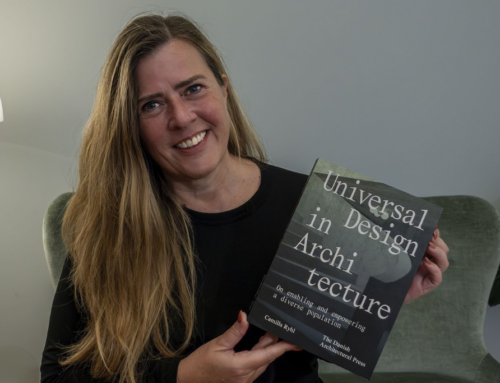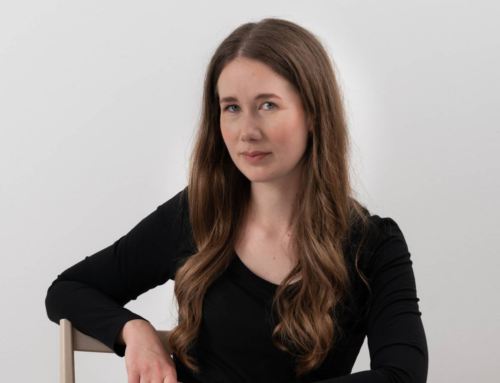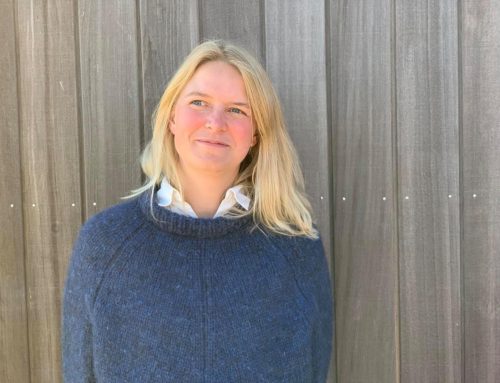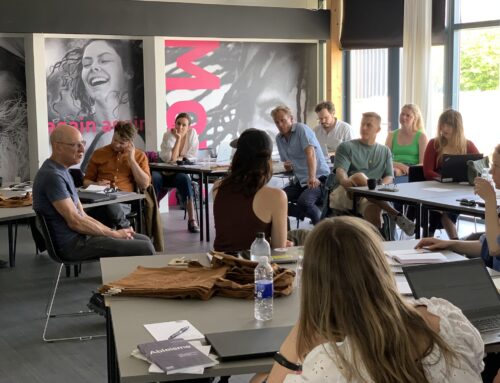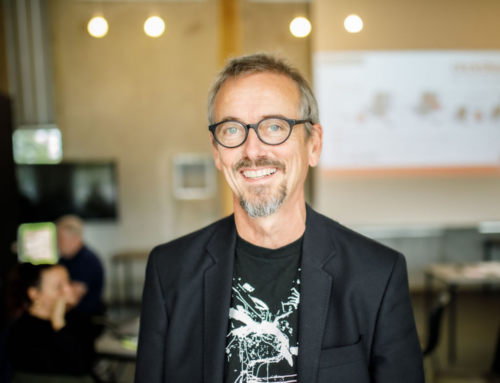
Universal Design benefits the whole classroom
A PhD project took up a wicked problem of reaching to all learners in the classroom and investigated how Universal Design could be meaningfully applied to language teaching by offering help to struggling learners and letting the whole classroom have access to digital resources. The results showed that the whole classroom benefited from the Universal Design (for Learning)-guided resources leading to increased engagement for all while enabling meaningful participation for struggling students.
by Nanna Stærmose. The article is published on 17/12/2021.
Sometimes, a one-size-fits-all solution really is possible. At least, that’s one of the conclusions from a new PhD project which has investigated how Computer-assisted Language Learning and Universal Design for Learning can be employed to develop an inclusive learning practice for 7th-grade English students.
“Overall, we observed that a learning tool designed to reach out to the whole classroom resulted in all the students becoming more engaged in the teaching regardless of what level they were at,” said Henrik Kasch who recently successfully defended the PhD project.
Based on three excerpts from the textbook “A piece of cake”, Henrik Kasch developed a digital learning universe with various functions offering help to struggling learners to at least get a handle on understanding the text and not be completely left off by the wayside. Amongst these functionalities, there was a text-to-speech functionality with words being highlighted when the student marked text to be read aloud. The universe also featured a retelling functionality recapitulating what a paragraph was about in Danish as well as English. Henrik Kasch also developed a glossary functionality giving a translation in Danish and English in the forms they appeared in the text rather than their base form. This glossing functionality both offered help by way of sound and text glosses and sometimes also, when meaningful, pictures. In addition, the design featured reflection questions to help students remember what they had just read. “While struggling students received help getting a basic understanding of the text, the academically stronger students used the different functions to practice their language comprehension and pronunciation as well as test their vocabulary,” said Kasch.
In serial interventions, three classrooms were given access to all the functionalities. What Kasch found interesting was that the students used the functions in different ways depending on their level, i.e., strong students could use functionalities designed to help struggling ones, but they used them for different but still pedagogically meaningful purposes, in much the same way a lift designed to help people with reduced mobility may be put to other meaningful uses by so-called “able” users.
All-in-all, the learning material offered the students 9 different functions. The study showed that each student used an average of 4-5 functions.
“On average, the students who struggled the most used slightly more than the others, but the above-average students benefited a lot from the functions as well, as they could use them to train language comprehension at a higher level, for example. Additionally, there were many indications that the academically strongest students improved their English language skills through the universal design of the functionalities,” said Kasch.
Confronting special education and IT backpacks
The idea behind the project was to confront the idea of digital backpacks as special-education remedy for students who struggle with learning, as its design is of a general- purpose nature and, therefore, neither pedagogically nor even human-computer-interaction science-informed. According to Kasch, the approach itself therefore rather promotes exclusion and unequitability in that it tends to divide students into an A team and a B team by typically stigmatising the users of the digital backpack. He argues that the mindset of the digital backpack solution trying to somehow remedy or compensate the learner by a mere technical retrofit solution is outdated as, on one hand, being a mere technical retrofit solution, it fails to offer a pedagogically informed support and, on the other, it only helps to stigmatise struggling learners. What he would like to see instead is special education being incorporated into the pedagogy and teaching of each subject and vice versa, as he believes the two fields are currently far too separate from one another, which is easily documented by the curricular design of teacher education across the in which special education is taught as a special discipline as well as research into special education and the research the pedagogies of every discipline apparently never meet, as his PhD dissertation suggests, just as little as they tend to meet outside the brief encounters in teacher education department staffrooms.
Kasch argues that one place to start could be in teacher training. In universities in Germany, teacher students are taught Universal Design for Learning as a general pedagogy and a way to embrace diversity and difference in the classroom. From a special education perspective, every student has resources, and the goal is to help to marshal in those resources by removing the hindrances disabling the students to enable them to participate meaningfully in classroom teaching rather than being excluded by not being helped to participate.
“That’s something Universal Design can help with, precisely, because both educational technologies and pedagogies can be “designed” so that anything from, e.g., learning English vocabulary to mathematical formulas can be made accessible to the students who struggle while also being able to help those who do not struggle at all in their learning processes,” said Kasch.
“The dream is to establish a Danish centre for pedagogical (“didactic”) inclusive practice. There’s really a lot of potential in incorporating universal design into future teaching,” said Kasch.
Facts
His PhD dissertation investigated whether assistive special-education-needs functionalities can be applied by students -struggling and non-struggling alike – and increase inclusive practice and overall classroom engagement in Danish English-as-a-foreign language classrooms.
He submitted his dissertation in November 2020 and defended it in 2021.
Henrik Kasch
Henrik Kasch is an associate professor PhD at UC Syd in Esbjerg.
Former member of the Bevica Foundation’s research network
Read more research profiles
